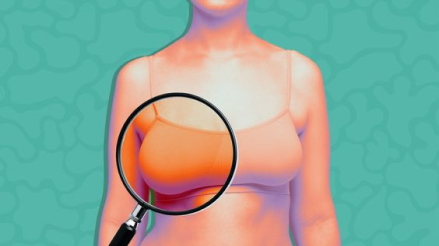You may also like…
Trauma and Infection of Breast
Trauma and infection can significantly impact breastfeeding women. Cracked nipples, a common issue, typically respond well to moisturizing creams for healing. However, mastitis, a more serious infection, requires treatment involving analgesics, warm fomentation, and antibiotics. In severe cases, an abscess may necessitate procedures like closed suction or incision and drainage.
Trauma of the Breast: Trauma to the breast can occur due to various reasons, such as improper latch during breastfeeding, accidental injury, or excessive pressure on the breast. This trauma can lead to the development of cracked or damaged nipples, causing pain and discomfort for nursing mothers. The use of moisturizing creams can help in the healing process and alleviate the associated pain and discomfort.
Infection of the Breast (Mastitis):
Mastitis is an infection that primarily affects breastfeeding women. It often results from milk duct blockages, which can lead to inflammation and infection. Symptoms include breast pain, redness, swelling, and flu-like symptoms. Treatment involves analgesics to manage pain, warm fomentation to relieve engorgement, and antibiotics to address the underlying infection. If left untreated, mastitis can progress to a more severe stage, potentially forming an abscess within the breast tissue.
Periductal mastitis is a medical condition characterized by inflammation and infection around the milk ducts in the breast. It typically affects women, especially those who are breastfeeding or have a history of nipple piercing. Symptoms of periductal mastitis may include pain, redness, and swelling in the breast, as well as the formation of a painful lump or abscess. In some cases, there may be nipple discharge. It mainly affects women of older age and presents with nipple discharge and retracted nipples/ cracked nipples. Smoking may influence the condition, altering the bacterial flora in the ducts or exerting a direct toxic effect on the vascular structure of ductal epithelium. In such cases, antibiotics and lesion excision are essential.
This condition can be caused by a variety of factors, including bacterial infections (most common being bacteria: Staphylococcus Aureus), ductal blockages, or injury to the breast tissue. Treatment usually involves antibiotics to manage the infection, as well as warm compresses and drainage of any abscesses if they form. In some cases, surgical intervention may be necessary to remove damaged tissue. It's important to consult a healthcare professional for proper diagnosis and treatment if you suspect you have periductal mastitis.
Breast Abscess:
In more severe cases of mastitis or other breast infections, an abscess may develop. An abscess is a collection of pus that requires medical intervention. Treatment options for a breast abscess include closed suction, which involves draining the abscess with a specialized device, or incision and drainage, a surgical procedure to remove the infected material. These procedures are essential to prevent further complications and promote the healing of the breast tissue.
It's crucial for breastfeeding women to seek prompt medical attention if they experience symptoms of mastitis or have concerns about breast trauma. Proper care and treatment can help manage these issues and ensure the health and comfort of both mother and baby during the breastfeeding journey.
A breast abscess is a localized collection of pus within the breast tissue, typically occurring in women, especially during or after breastfeeding. It primarily affects women of older age, especially those who are diabetic or smoke. It is often caused by a bacterial infection in the milk ducts, resulting in symptoms such as severe breast pain, redness, swelling, and the formation of a painful lump. Treatment involves drainage of the pus, antibiotics, and sometimes surgical intervention to remove infected tissue. Breast abscesses require medical attention and are usually associated with breast inflammation or mastitis.







